Alpaca wool, from which the fabric is made, has many useful properties. The resulting material is not only warm, but also pleasant to the body, lightweight. Such fabric is recommended for people with diseases of the joints, vertebrae and those who feel uncomfortable in winter.
Alpaca animal
Alpaca - what is it and where does it live? The habitat of the alpaca, a domestic ungulate, is South America. For most representatives of this species, the habitat is Peru. Alpaca is kind by nature, very inquisitive and smart, and its wool is used to make the most expensive in its category, but useful fabric.
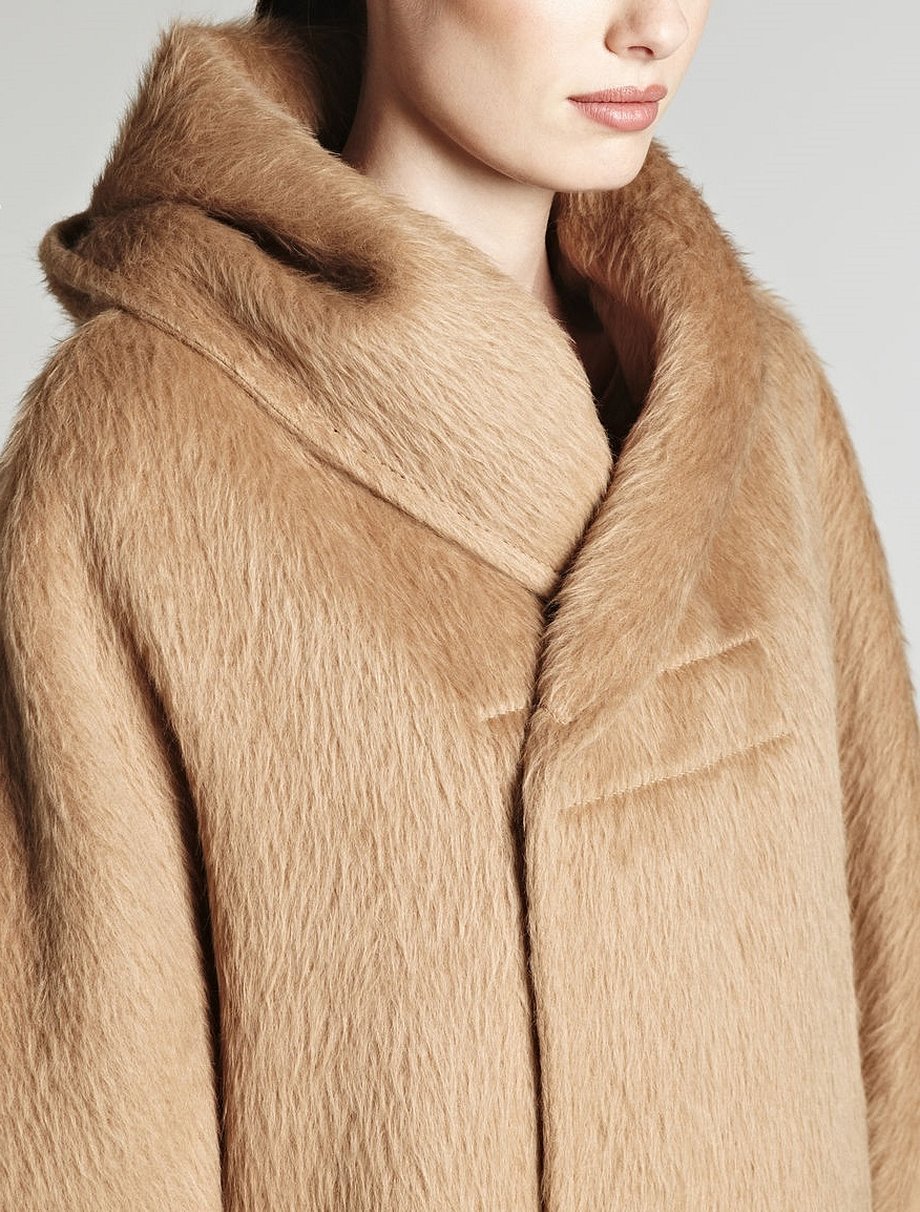
History of origin
Alpaca is a camelid. This animal was first domesticated by the Incas more than 6,000 years ago. Historically, alpacas like to stay in herds, so keeping the animal alone is not an option. To tame an even-toed ungulate, you need to have patience and persistence. If the animal has become friends with a person, it can easily withstand any climate changes.
What does an alpaca eat? The most important components are salt and water, as well as oatmeal, rye bread and grass in any form.
How much does an alpaca weigh? Adults weigh about 70 kg, and the total amount of wool that can be collected from an animal in a year is 10 kg.
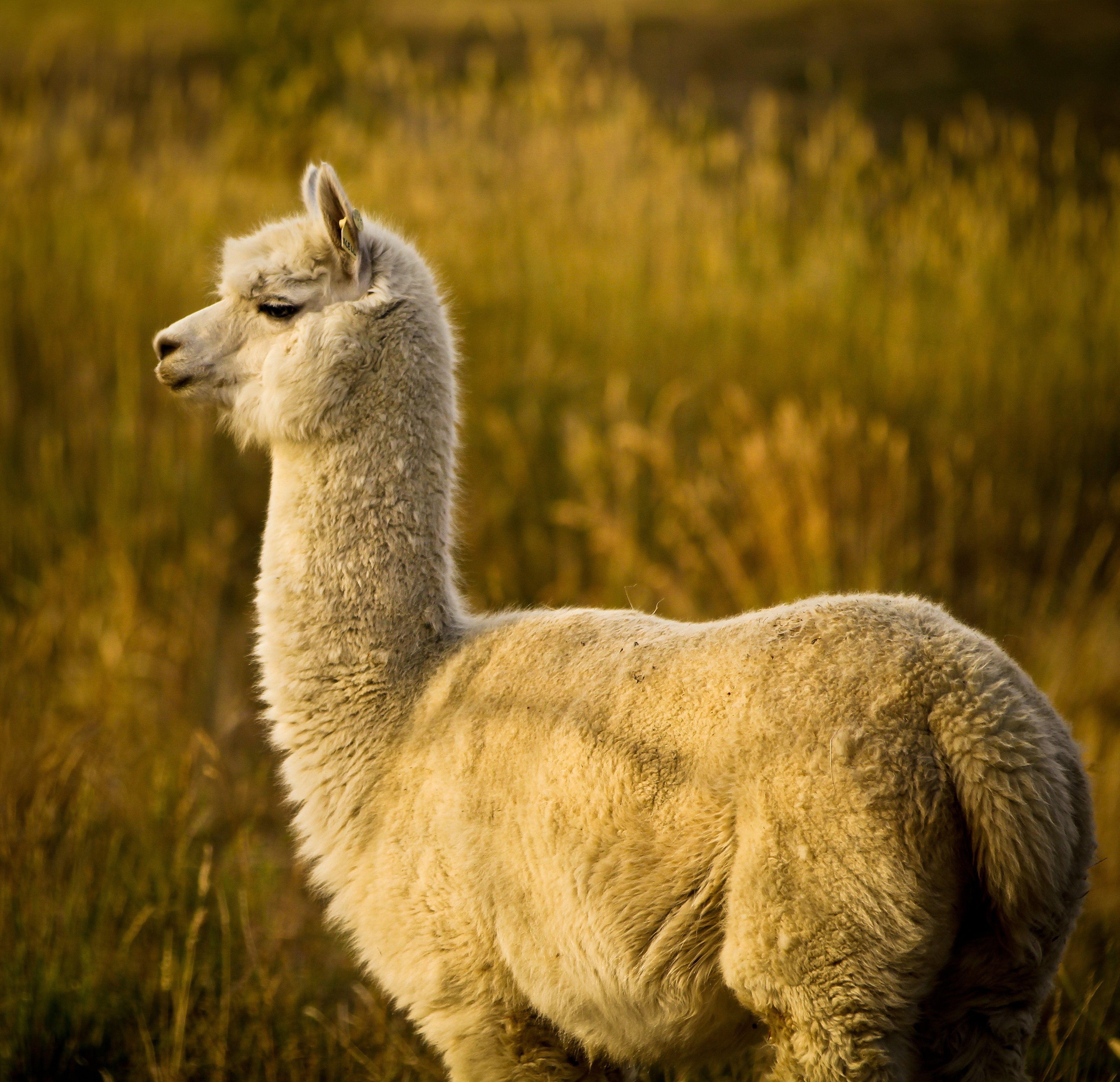
Production of woolen fabric
Alpaca - what kind of wool is it and how is it produced? To produce yarn from alpaca fabric, the wool must be pre-collected by hand. Its quality and volume depend on the care of the animal, nutrition and vitamins, as well as on the gender. In a year, 6 kg of wool can be collected from a female alpaca (collection is carried out twice a year), and up to 14 kg from a male.
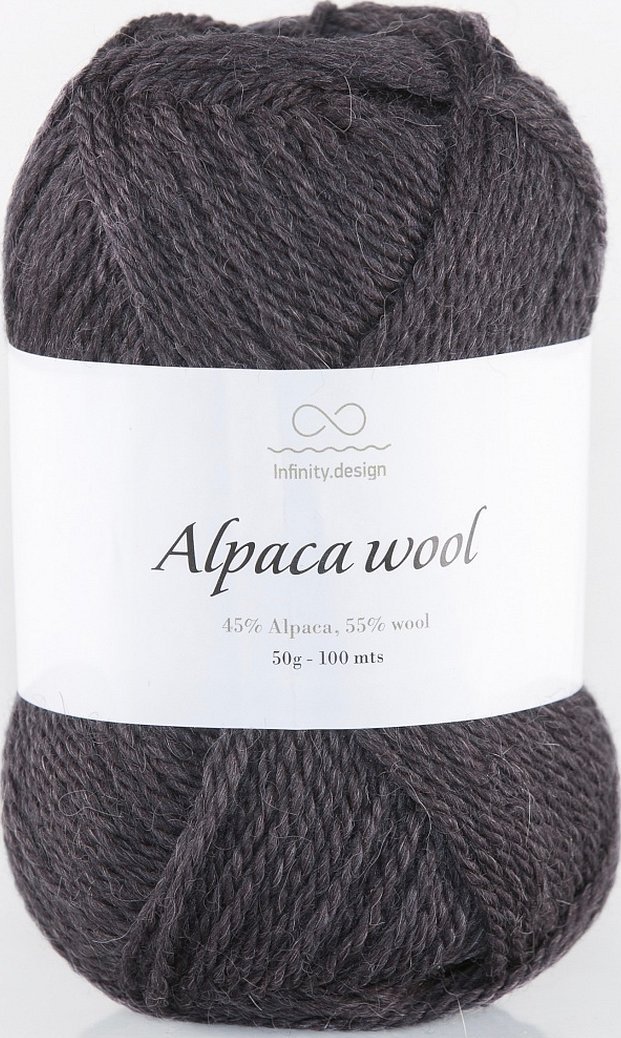
After shearing, the higher quality wool is selected and sent for further processing:
- The first stage is manual sorting of the animal's hair. The hairs are sorted by color, shape, length and thickness.
- At the second stage, the obtained varieties of wool are cleaned: dirt, pieces of grass and debris are removed.
- The third stage is to obtain yarn from the collected material. Before you start spinning, you need to carefully comb the wool.
- At the final stage, the finished yarn or product undergoes final cleaning.
For your information! Wool fibers or yarn can be stored for a long time without affecting the quality or preservation of useful properties.
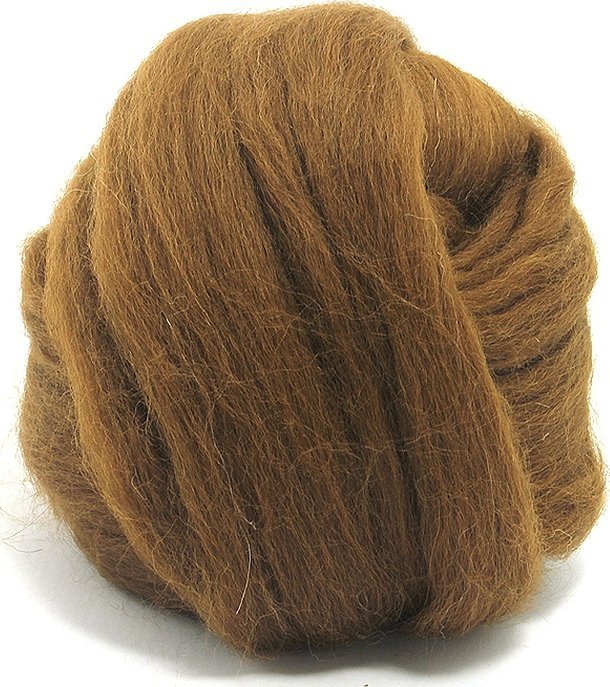
To reduce the cost of a finished alpaca product, it is diluted with synthetic materials or other natural ones (merino, etc.). In this way, the benefits are preserved, and the price is significantly reduced.
Please note! To achieve an airy texture, many fashion houses combine silk and alpaca wool, resulting in a beautiful and soft product.
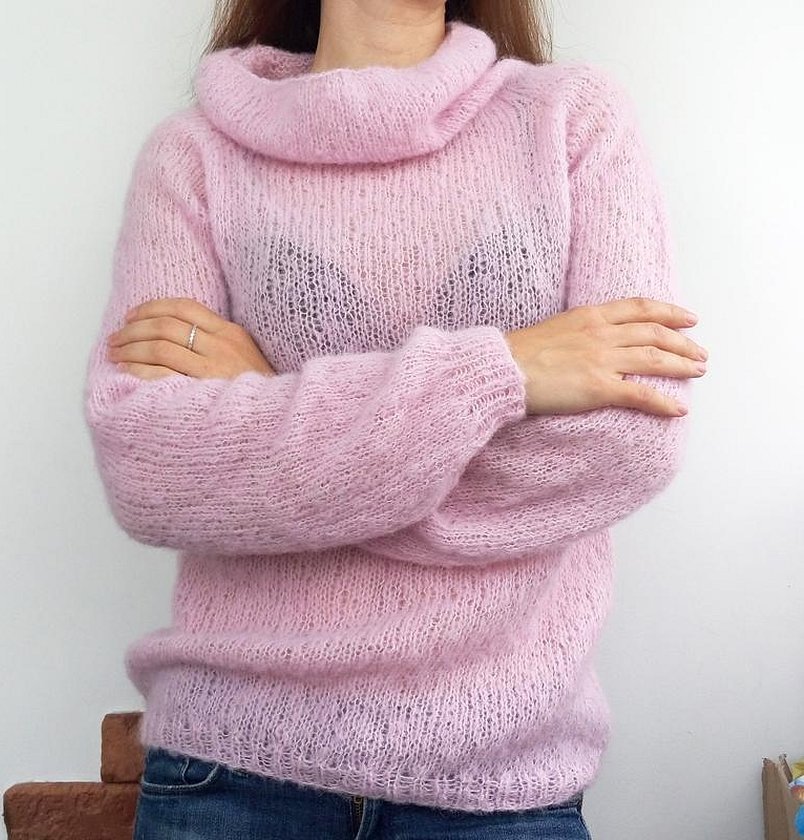
Properties and characteristics of fabric
Six alpaca has absorbed the best qualities of camel and llama wool - softness and healing qualities. The material obtained from it resembles sheep's wool, but is lighter, so it is used to make winter sweaters and pullovers.
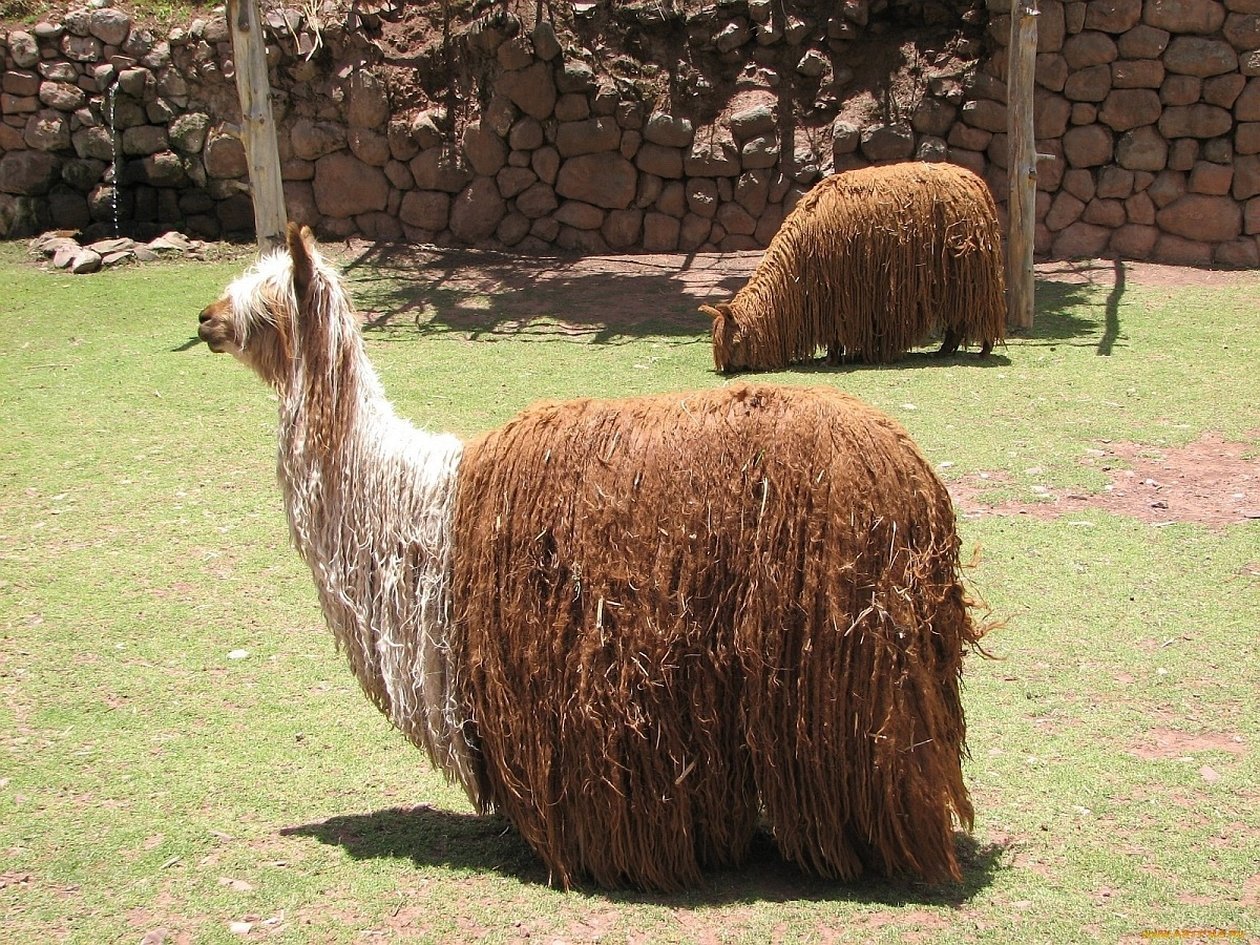
Medicinal properties
There are several types of alpaca. The most common is huacaia. There is also alpaca suri, what it is, it is not difficult to guess. Its wool is seven times warmer than products made of sheep yarn, does not contain fat in the hairs, so things made of this material get dirty longer (due to this, the skin remains clean, the pores remain free). In rainy weather, a sweater or cardigan made of this material can easily protect from moisture, since the wool is waterproof.
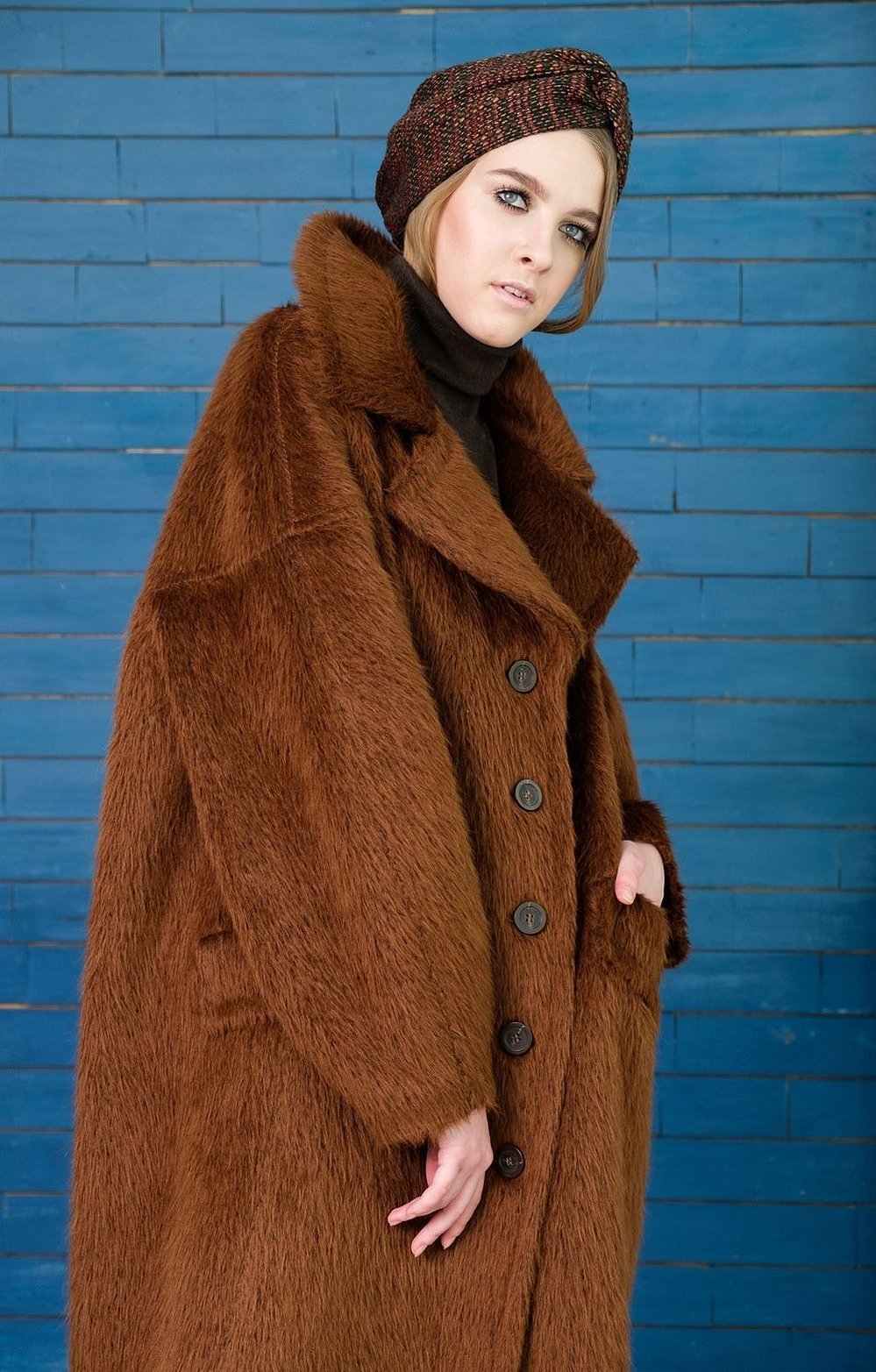
The temperature-regulating material allows you to wear alpaca wool clothing not only in winter, but also in the warm season.
Important! Alpaca clothing is recommended for allergy sufferers as it does not cause irritation.
How is alpaca wool different from llama wool?
Alpaca wool - what is it and how is it different from llama wool? There is not much difference between alpaca and llama, which allows them to be crossed and get the same meat and wool.

Suri alpaca wool is the best for making yarn because its hairs are thick and silky. Llama does not have thick hair, but makes up for the same amount of fiber with its size.
Please note! The alpaca looks like a llama, so the wool of both animals, especially the white one, is prized the most, as it looks cleaner and allows for further dyeing.
Even-toed ungulates can produce raw materials of various shades: silver, gray, white, beige, sand and brown. The hairs can be wavy, which are valued for their volume and beauty, and straight, suitable for standard items.
Value
Different variations of alpaca products are valued differently. Suri yarn is a high-quality raw material from which the most expensive items are made.
The use of merino or silk thread, as well as other natural materials, reduces the cost of products. Mixing alpaca wool with synthetic raw materials makes the product affordable to the average person.
In some countries (USA) there are factories for hand-made clothing and interior items from the wool of the cloven-hoofed animal. In this way they try to reduce the cost of the goods and make it possible for all residents of the country to buy a quality product.
Care of products
In order for an alpaca item to serve for many years, it must be carefully looked after: hand washed or dry cleaned. The rules for home care are as follows:
- Isolate mothballs (from moths), as they are harmful. To get rid of the insect, it is better to use cedar, tobacco leaves or lavender.
- The product should be hand washed in cold water. Special detergents are used to wash alpaca wool clothing and interior items.
- Dry away from heating elements and direct sunlight. To avoid deformation of the fabric, place the wet product (not squeezed out) on a flat surface. Straighten the seams and sleeves and fix with pins. Let the fabric dry in this position.
- The product should be ironed through a wrung-out cloth or gauze.
Please note! To restore the original appearance, it is recommended to go over the product with a soft damp sponge or brush. This will make the pile more voluminous.
To avoid damaging the item, it is recommended to wash it after 6-7 wears, not earlier.
Advantages and disadvantages
The positive aspects of alpaca wool depend on the type of animal used. The general positive qualities stem from the properties of this material:
- moisture resistant;
- soft and light;
- performs the function of a heat regulator;
- hypoallergenic;
- The fabric is suitable for children and animals, as it is not itchy. Fur is used to make interior items.
A number of negative aspects are also noted:
- High cost of goods. Many note that for the price of an alpaca wool product you can buy a better product.
- Quality decreases when wool is mixed with synthetics. When trying to make alpaca clothing affordable, some important properties of the product are lost (softness and lightness, water resistance).
- Difficulty in care. Alpaca is a demanding fabric that requires careful care, so it is not surprising that many refuse to buy a natural product because of the difficulty of cleaning.
Alpaca, like any other fabric, has its pros and cons, but due to its uniqueness, it has become widespread not only among fashion designers, but also among ordinary people.
Review
Alpaca products have become widespread all over the world, so many ladies have become interested in what this wool has to offer.
Feedback from a girl named Alesya, who rated the alpaca coat as five stars: “I wear the coat carefully, as I hope it will serve me for a long time. I didn’t know what kind of material alpaca is. I bought it in mustard color with a metal button. The fitted model looks simply gorgeous. I rate it as five stars and recommend it to everyone. The only downside is its cost.”
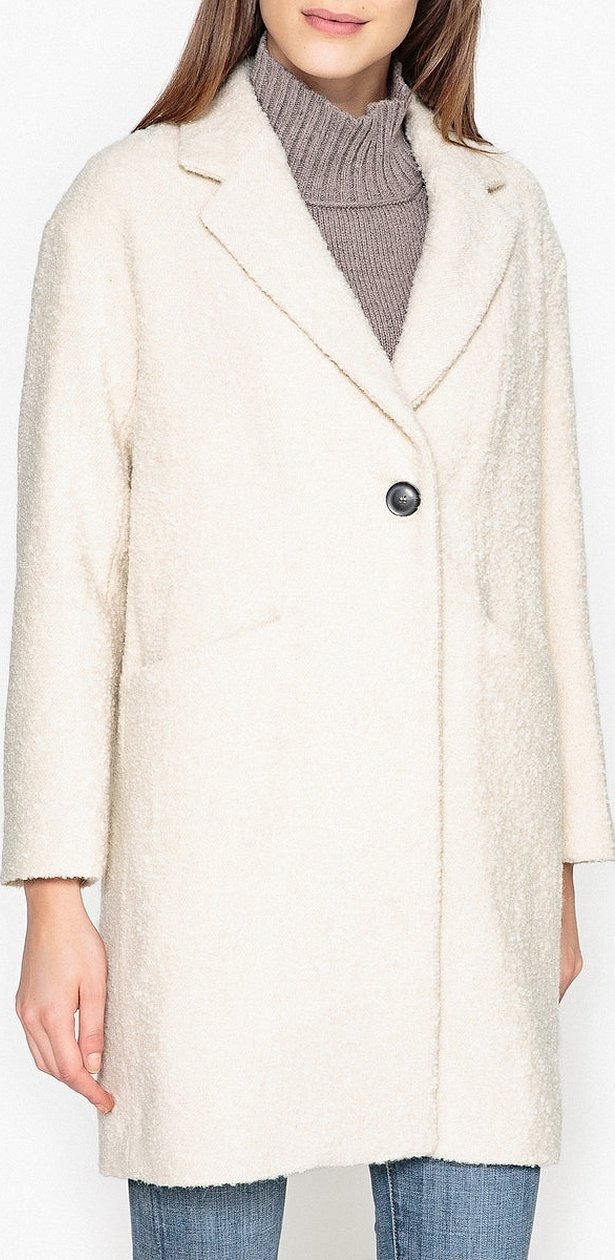
Small alpaca wool products are also in demand. For example, a girl with the nickname "Barbie Doll" bought socks back in 2013 at a drugstore for 200 rubles and shared her impressions: "Until that moment, I didn't know what alpaca was, but I bought socks and, as it turned out, they are very warm. I wear them to the skating rink. The product itself is very dense, but soft and light. Despite the fact that the socks perfectly protect your toes from frostbite, your feet don't sweat in them at all. Of the additional properties, they have an antimicrobial effect, which helps prevent fungus."
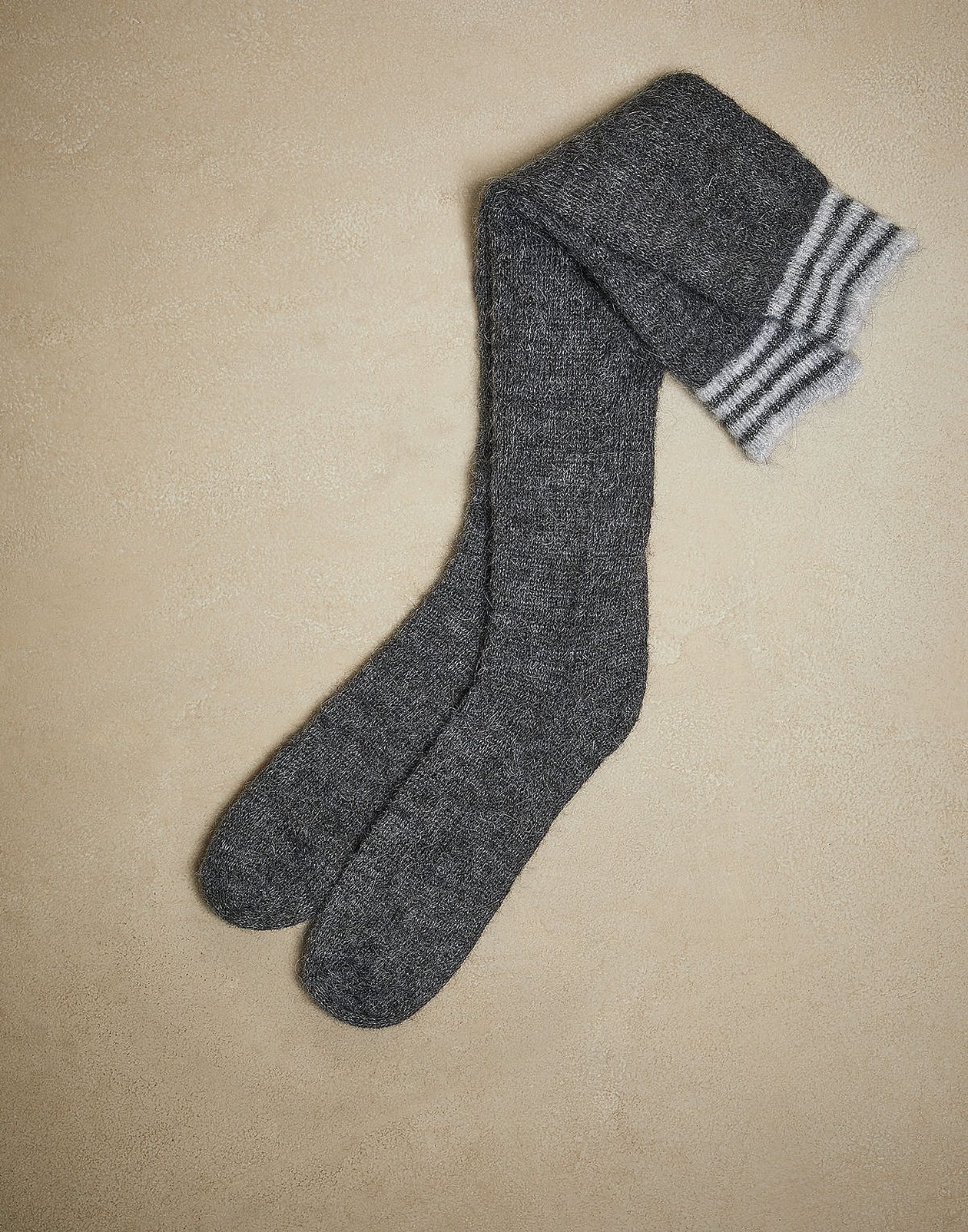
Thus, products made from this wool allow you not to freeze in severe frost, to avoid various diseases. Fabric made from alpaca wool is a popular product. Due to its softness and lightness, many people love blankets and cardigans made from the fur of these animals. Only the high cost scares some from buying, as well as painstaking care.




